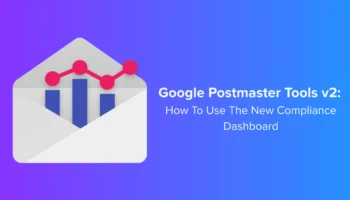With the new year upon us, marketers scramble to put new plans into action while also identifying where we should place more of our efforts and resources. We ask ourselves where can I get the most “bang for the buck” for our organizations. We are looking to grow our current user base while also retaining more of our hard acquired customers.
Publications and journalists, including Forbes, MarketingLand, and others, have surveyed marketers about what they think the biggest needle movers in marketing are going to be in 2017. Of these surveys and conversations, here are the top 6 Growth Marketing Trends for 2017 backed by industry leading CMO’s who are betting big on them. For Growth Marketers, keeping users engaged will be a driving focus for 2017 as a stronger focus on retention becomes a guiding theme with unified, delightful customer experiences powered by powerful technologies.




